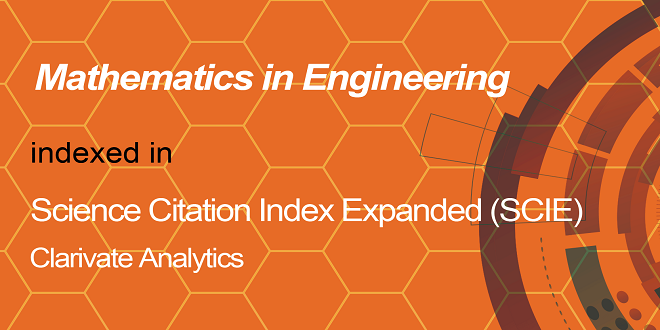Introduction
There are any number of books available on mathematics for physics and engineering but they all fall into one of two categories: the one emphasizes mathematical rigor and the exposition of definitions or theorems, whereas the other is concerned primarily with applying mathematics to practical problems. We believe that neither of these approaches alone is particularly helpful to physicists and engineers who want to understand the mathematical background of the subjects with which they are concerned.
This book is different in that it provides a short path to higher mathematics via a combination of these approaches. A sizable portion of this book is devoted to theorems and definitions with their proofs, and we are convinced that the study of these proofs, which range from trivial to difficult, is useful for a grasp of the general idea of mathematical logic. Our maths coursework help online experts know how important it is to use proper formulas and equations and empower them in your mathematics coursework assignment help.
Moreover, several problems have been included at the end of each section, and complete solutions for all of them are presented in the greatest possible detail. We firmly believe that ours is a better pedagogical approach than that found in typical textbooks, where there are many well-polished problems but no solutions.
This book is essentially self-contained and assumes only standard undergraduate preparation such as elementary calculus and linear algebra. The first half of the book covers the following three topics: real analysis, functional analysis, and complex analysis, along with the preliminaries and four appendixes. Part I focuses on sequences and series of real numbers of real functions, with detailed explanations of their convergence properties.
We also emphasize the concepts of Cauchy sequences and the Cauchy criterion that determine the convergence of infinite real sequences. Part II deals with the theory of the Hilbert space, which is the most important class of infinite vector spaces
A set is a collection of elements (or points) that are definite and separate objects. If a is an element of a set S, we write a ∈ S. Otherwise, we write a ∈ S to indicate that a does not belong to S. If a set contains no elements, it is called an empty set and is designated by ∅. A set may be defined by listing its elements or by providing a rule that determines which elements belong to it.
For example, we write X = {x1,x2,x3, ··· ,xn} to indicate that X is a set with n elements: x1,x2, ··· xn. When a set contains a finite (infinite) number of elements, it is called a finite (infinite set). A set X is said to be a subset of Y if every element in X is also an element in Y . This relationship is expressed as X ⊆ Y.
1 Preliminaries When X ⊆ Y and Y ⊆ X, the two sets have the same elements and are said to be equal, which is expressed by X = Y. But when X ⊆ Y and X = Y , then X is called a proper subset of Y , and we use the more specific expression X ⊂ Y. The intersection of two sets X and Y , denoted by X ∩ Y, consists of elements that are contained in both X and Y .
The union X ∪ Y consists of all the elements contained in either X or Y , including those contained in both X and Y . When the two sets X and Y have no element in common (i.e., when X ∩ Y = ∅), X and Y are said to be disjoint. For two sets A and B, we define their difference by the set {x : x ∈ A, x ∈ B} and denote it by A\B (see Fig. 1.1).
In particular, if A contains all the sets under discussion, we say that A is the universal set and A\B is called the complementary set or complement of A
The symbol Rn denotes an n-dimensional Euclidean space (see Sects. 4.1.3 and 19.2.3). Points in Rn are denoted by bold face, say, x; the coordinates of x are denoted by the ordered n-tuple (x1,x2, ··· ,xn), where xi ∈ R. We also use the extended real number defined by R = R ∪ {−∞,∞}.
 Jobsearchdone.com Top News Share Website
Jobsearchdone.com Top News Share Website




